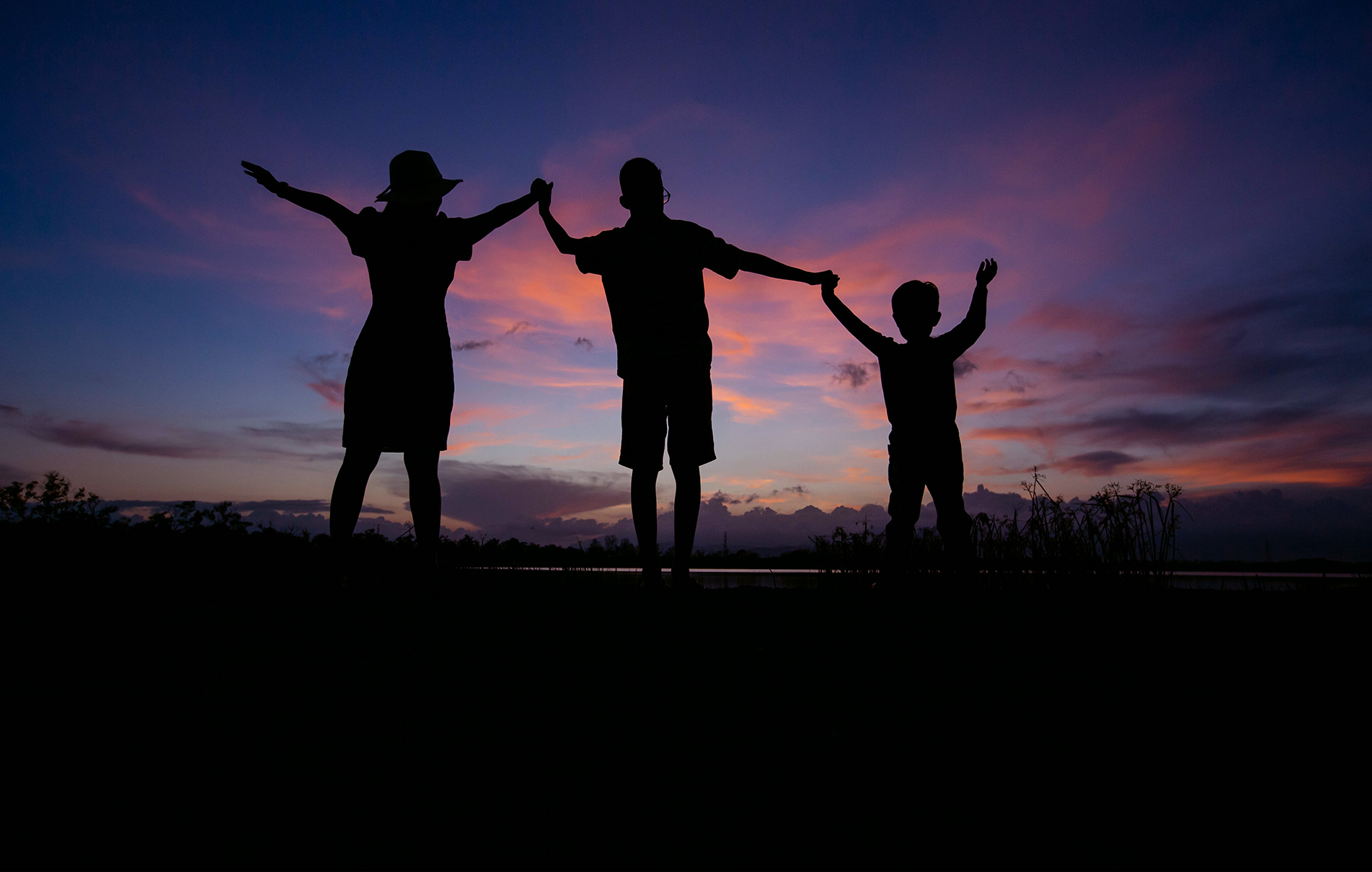We believe that extended reality technologies have matured to the point where they are ready to take their place in the educator’s toolkit.
Where virtual reality (VR) technology excels is in bridging theory and practice: for example, practising unsafe skills in a safe environment; “hands-on” learning where that is otherwise impractical; or exploration and familiarisation with an expected working environment.
Our digital education team worked through the Early Years T Level curriculum focusing on those elements that could be effectively supported by custom-designed VR experiences – those we felt were not particularly well served by classroom teaching and incompatible with practical or hands-on learning (for practicality, health or safeguarding reasons).
The priority topics we identified were common childhood illnesses and signs of abuse.
Developing these curriculum elements in VR gave us the opportunity to consider what was the best way of teaching these topics.
We sensitivity designed a VR experience with a virtual child that could show symptoms of multiple illnesses at the push of a button, control time to show the progression of an illness and allow students to view the presentation of symptoms such as rashes on a full variety of skin tones.
For the Signs of Abuse VR lesson, we drew extensively from the NICE guidelines and incorporated not just representations of injury but animations showing their proximate causes.
Visuals are paired with full text descriptions and references aligned to the curriculum.
The lessons are presented on a dummy child that can be moved to be studied from any angle, in a carefully designed presentation style that balances learning with the potentially distressing impact of viewing illness and harm, even on a virtual child.
The experiences were designed alongside lesson plans to allow use of the technology to be mapped smoothly into students’ existing programmes.
The ultimate intent is to allow learners to better visualise and retain these indicators of illness and abuse in a way that images or text descriptions cannot replicate, priming them to instinctively recognise indicators and respond appropriately within their setting’s guidelines.
Feedback from students and staff has been positive, with the students reporting increased engagement and retention, while staff report that student satisfaction has increased.
We’re pleased with the impact of these VR experiences, and excited about the possibility of extending access to them, since they have great relevance for anyone who works with younger children and has safeguarding responsibilities.
Source – Training Spotlight: Early years students use VR to hone safeguarding skills | CYP Now


